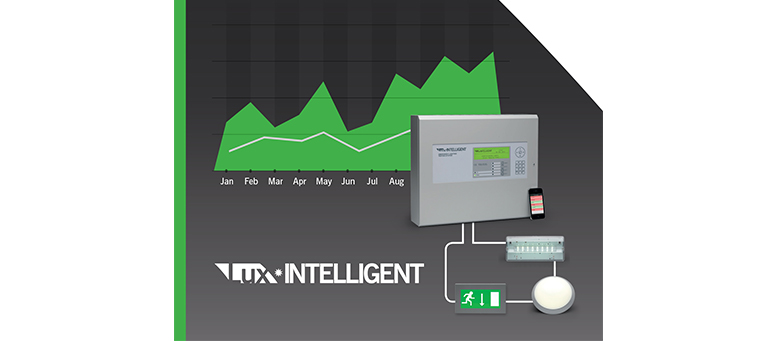Updated Lux Intelligent Savings Calculator Demonstrates Retrofit Emergency Light Testing Savings
Advanced has recently updated the savings calculator on its Lux Intelligent website to demonstrate the savings customers can achieve by retrofitting its cloud-enabled emergency light testing system.
The original savings calculator was born out of Advanced’s confidence in the savings Lux Intelligent could deliver to end users, facilities managers and maintenance companies. Growing requests from the retrofit market prompted the change, as Lux Intelligent can replace old or discontinued systems and can usually be installed on existing wiring with installed lights easily converted.
When lights are tested manually, an engineer must physically walk the building and cut power to the emergency lights, forcing them to operate on their secondary supply. He or she then needs to reinstate the mains power and confirm that the batteries are charging properly. This this is a time-consuming and tedious task that is not always completed accurately or reliably.
Added to that, it is not practical to disable the power for whole areas of a building during normal operational hours, so the process must be staggered or done outside of office hours. Also, in case of a real emergency, no area of a building can be left without emergency lighting for the period after a test while the batteries are recharging.
Automatic testing using Lux Intelligent simplifies the entire process and is incredibly cost-effective, especially when using cloud-based monitoring via mobile or web app, which completely does away with the need for compiling manual reports and simplifies maintenance management.
Commenting on the new retrofit-focused feature Robin Kemp, Lux Intelligent’s National Sales Manager, said: “We developed the savings calculator to show how much people could save by installing Lux Intelligent. We’ve seen a significant growth in installations, driven by Lux’s cloud functionality and ability to cover all a site’s lighting testing needs, so users need only invest in one system. The ease of installation of the system, particularly in retrofit markets, has also grown quickly and the updates reflect this.”














Leave a Reply
Want to join the discussion?Feel free to contribute!